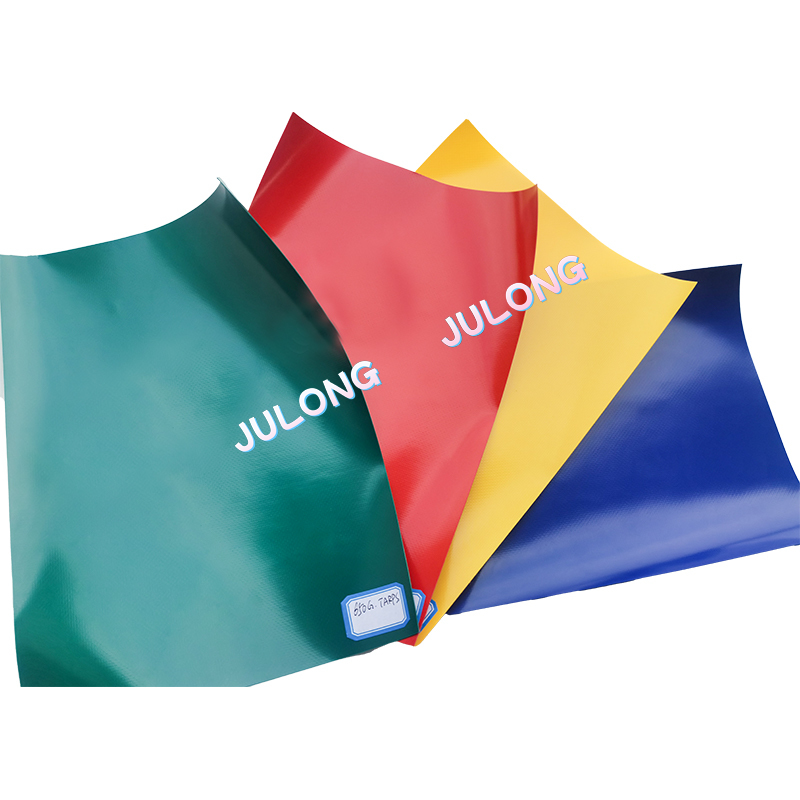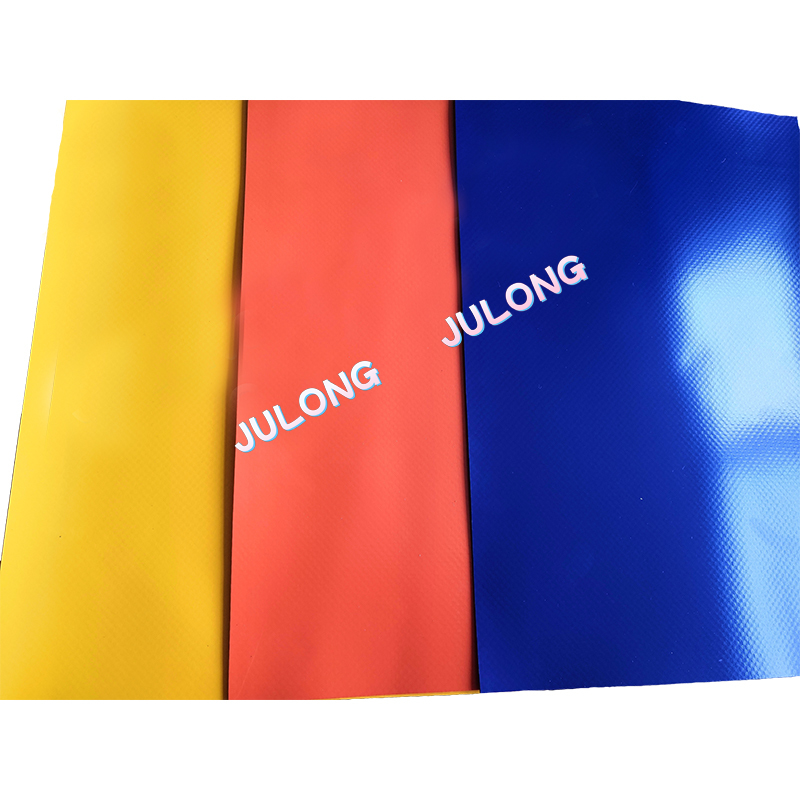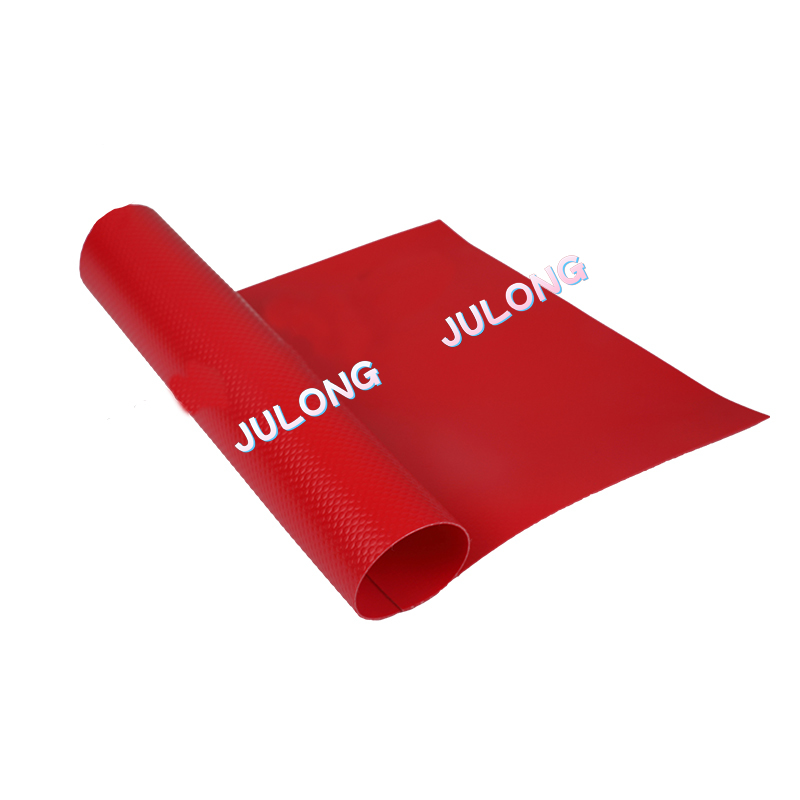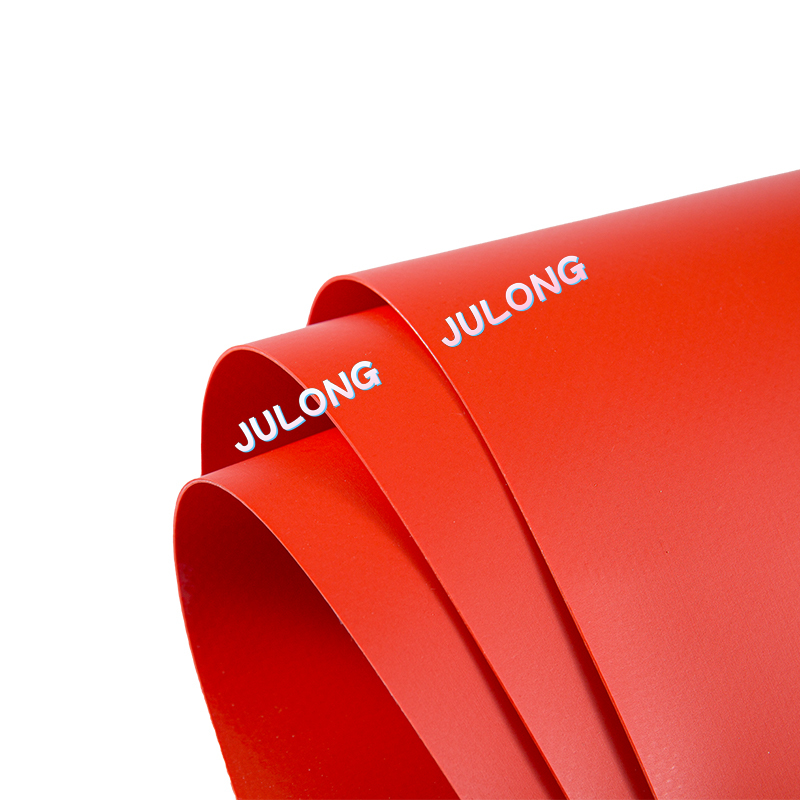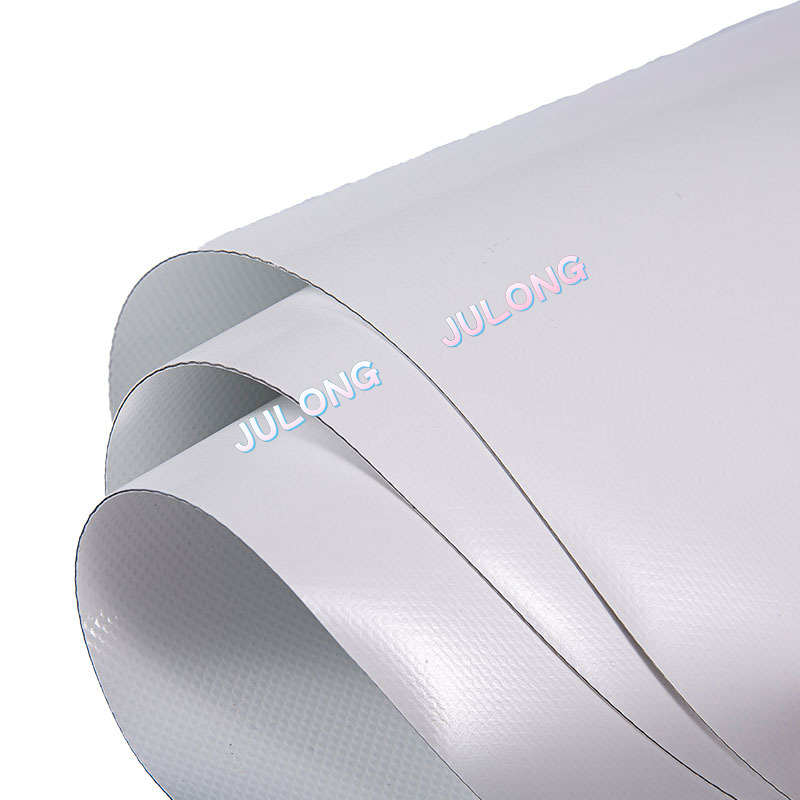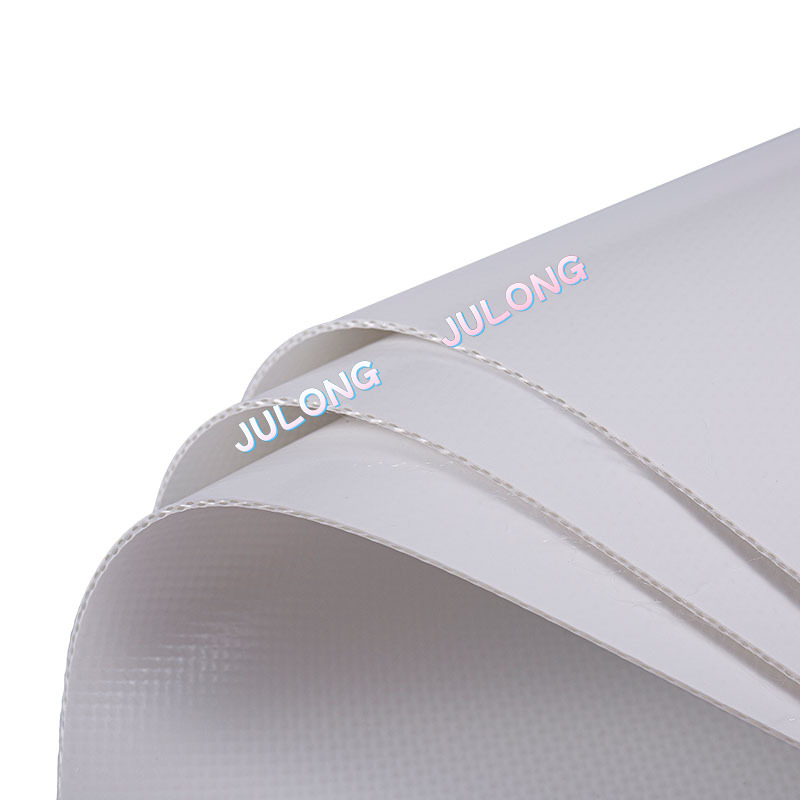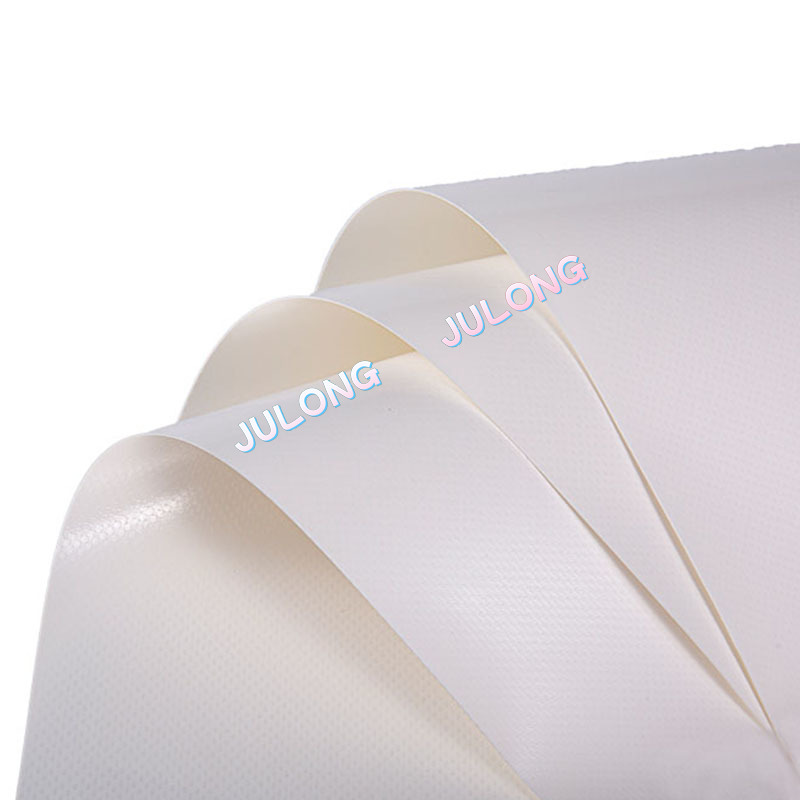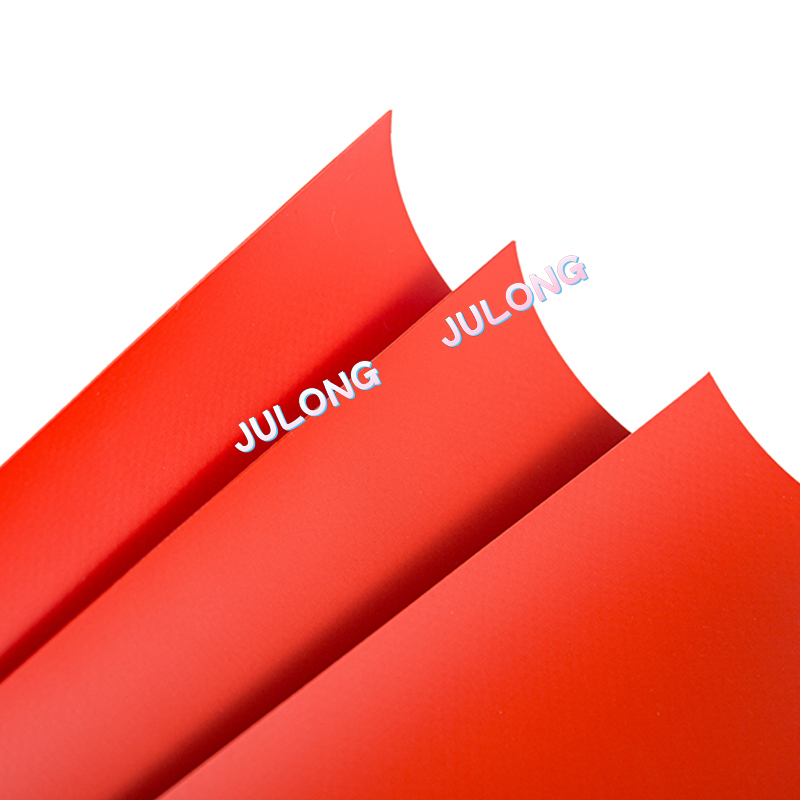PTFE membrane is a material coated with polytetrafluoroethylene resin on ultrafine glass fiber fabric. This membrane material has good welding performance, excellent anti-ultraviolet, anti-aging performance, and flame retardant performance. In addition, its anti-fouling and self-cleaning properties are the best among all architectural membrane materials, but its flexibility is poor, construction is difficult, and the cost is also very alarming. Under the leadership of Geiger, DuPont, Corning Fiberglass, Baird Construction Company, and Chemical Fiber Weaving Company in the United States jointly developed permanent membrane materials. The processing method is to quickly put the glass fiber fabric into the Teflon melt many times, so that both sides of the fabric have a uniform Teflon coating, and the permanent PTFE membrane is officially born. Since then, the permanent membrane structure has been officially popular in the United States, and many scholars have conducted in-depth research on the membrane structure. 20 years later, the follow-up test results show that the mechanical properties and chemical stability indicators of this membrane material have only dropped by 20% to 30%, and the color has hardly changed. The surface of the membrane is smooth and elastic, and dust and chemical substances in the atmosphere. Particles are extremely difficult to attach and penetrate, and the building membrane can restore its original clean surface and light transmittance after being washed by rainwater, which is enough to show the strong vitality and broad market prospects of PTFE membrane materials.
Fiberglass PVC architectural membrane
This kind of membrane material was developed and applied relatively early. It is usually stipulated that the thickness of the PVC coating at the intersection of the warp and weft of the glass fiber fabric should not be less than 0.2mm. In order to improve the aging resistance of PVC itself, some light and heat stabilizers are often added to the coating. A certain amount of ultraviolet absorbers should be added to light-colored transparent products, and carbon black is often added as a stabilizer to dark-colored products. In addition, there are many ways to treat the surface of PVC. You can laminate a layer of extremely thin metal film on PVC or spray aluminum mist, and use mica or quartz to prevent the surface from sticking and staining. Glass fiber silicone resin architectural membrane. Silicone resin has excellent high and low-temperature resistance, water repellency, and oxidation resistance. The film material has high tensile strength and elastic modulus and also has good light transmission. The Vestar membrane material developed by Owens Corning Company in the United States is made by coating glass fiber cloth with this resin. At present, there are not many applications of this membrane material, and there is fewer manufacturers. Glass fiber synthetic rubber architectural membrane. Synthetic rubber (such as nitrile rubber and neoprene) has good toughness, is stable to sunlight, ozone, and heat aging, has outstanding wear resistance, chemical resistance, and flame retardancy, and can reach a translucent state. Yellow, so it is generally used for dark coatings. Expanded PTFE architectural membrane. The expanded PTFE architectural membrane is obtained by pasting the fluororesin film on both sides of the base fabric woven from expanded PTFE fibers. Because of its high cost, this kind of membrane material is rarely used in general buildings considering both cost and performance, and there are not many foreign manufacturers at present.
Made directly from ETFE (ethylene-tetrafluoroethylene copolymer) raw materials. ETFE not only has excellent impact resistance, electrical properties, thermal stability, and chemical corrosion resistance but also has high mechanical strength and good processing performance. In recent years, the application of ETFE membrane materials can replace other products in many aspects and show strong advantages and market prospects. This kind of film material has particularly good light transmission, known as "soft glass", light in weight, only 1% of a glass of the same size; good toughness, high tensile strength, not easy to be torn, and ductility greater than 400%; weather resistance and durability Strong chemical corrosion, melting temperature as high as 200°C; effective use of natural light and energy saving; good acoustic performance. The self-cleaning function makes the surface not easy to stain, and a small amount of dirt can be washed away by rainwater. The cleaning cycle is about 5 years. In addition, ETFE membrane can be prefabricated into thin film bubbles ready-made, which is convenient for construction and maintenance. ETFE also has shortcomings, such as the external environment is easy to damage the material and causing air leakage, high maintenance costs, etc. However, with the construction of large gymnasiums, tourist places, waiting halls, etc., ETFE has more prominent advantages. At present, there are very few companies that produce this kind of membrane material. Only a few companies such as ASAHIGLAS (AGC), Japan Asahi Glass, and German Kewell can provide ETFE membrane materials. several years of history. The newly completed Beijing Olympic venues "Bird's Nest" and "Water Cube" use ETFE membrane materials for their membrane structures, which are currently the largest ETFE membrane structure buildings in China, and the membrane materials are imported products. The "Bird's Nest" adopts a double-layer membrane structure. The outer layer uses ETFE to prevent rain, snow, and ultraviolet rays, and the inner layer uses PTFE to achieve the purpose of heat preservation, anti-condensation, sound insulation, and light effect. The "Water Cube" adopts a double-layer ETFE inflatable membrane structure, with a total of 1437 air pillows, each of which is like a "water bubble". The air pillow can adjust the shading and light transmittance by controlling the amount of inflation. It effectively utilizes natural light, saves energy, has good thermal insulation, eliminates echo, and provides a warm and comfortable environment for athletes and spectators. At present, the development of domestic membrane structures is exciting. With the construction of some large gymnasiums, waiting halls, and other international events such as the 2010 Shanghai World Expo and the Guangzhou Asian Games, opportunities and challenges have been brought to the development of membrane structures in my country. Especially in terms of membrane materials, our country started late, and the technical level is low; most of the membrane materials mainly rely on imports. PTFE, PVC, and surface-modified PVC, ETFE, and other membrane materials are the mainstream in the market and are widely used. My country already has the independent intellectual property rights of PTFE membrane materials, and its performance basically meets the requirements of similar foreign products. Many companies, scientific research units, and universities are conducting research on PVC surface coating materials, such as PVDF, nano-TiO2 surface coating agents, etc., which have achieved initial results. In addition, research on surface antifouling and self-cleaning treatments such as bionic lotus leaf construction, Micro-rough surface, is also getting off the ground. While introducing world-class production equipment and technology, step up digestion and absorption, improve innovation, and develop membrane material surface treatment technology suitable for my country's market demand as soon as possible, which is of great significance to improve the grade and market competitiveness of my country's entire industrial textile products.
To learn more, please continue to pay attention to our architectural membrane manufacturer.


 English
English عربى
عربى